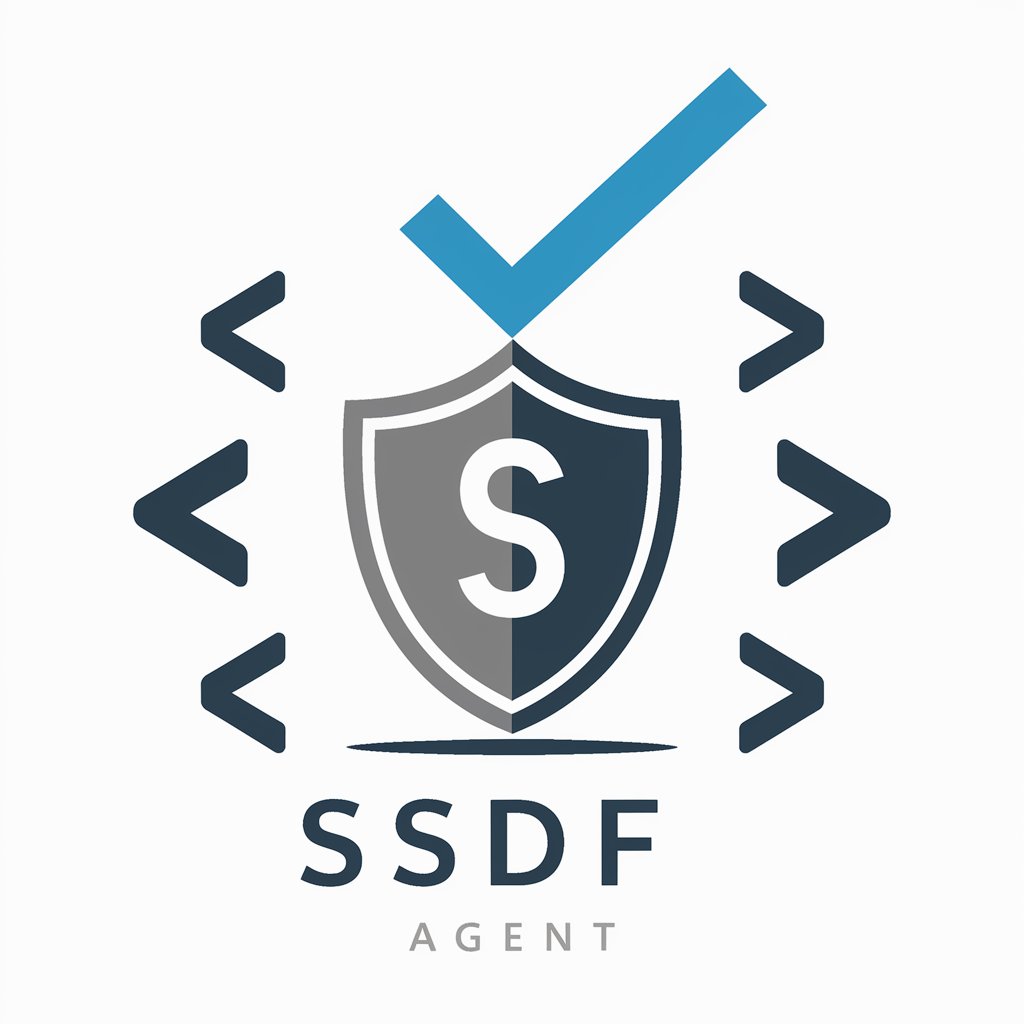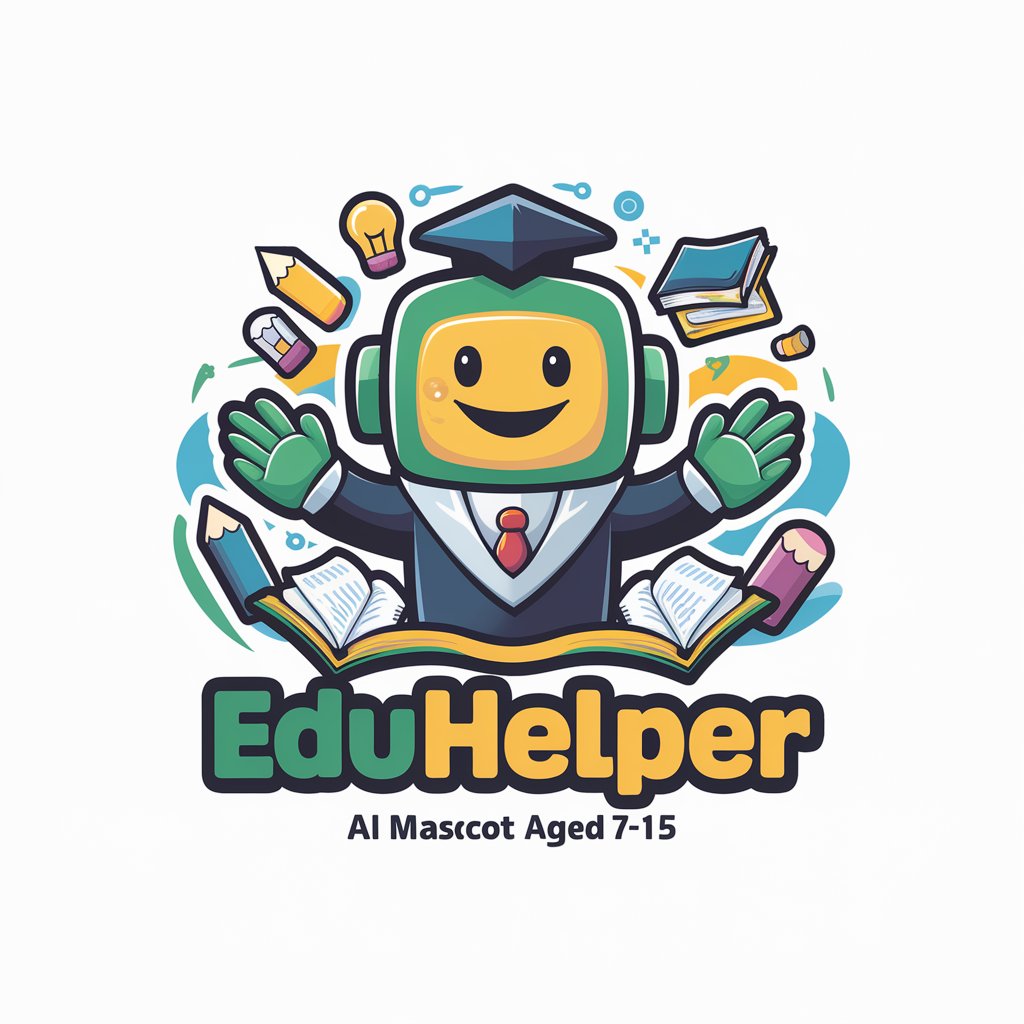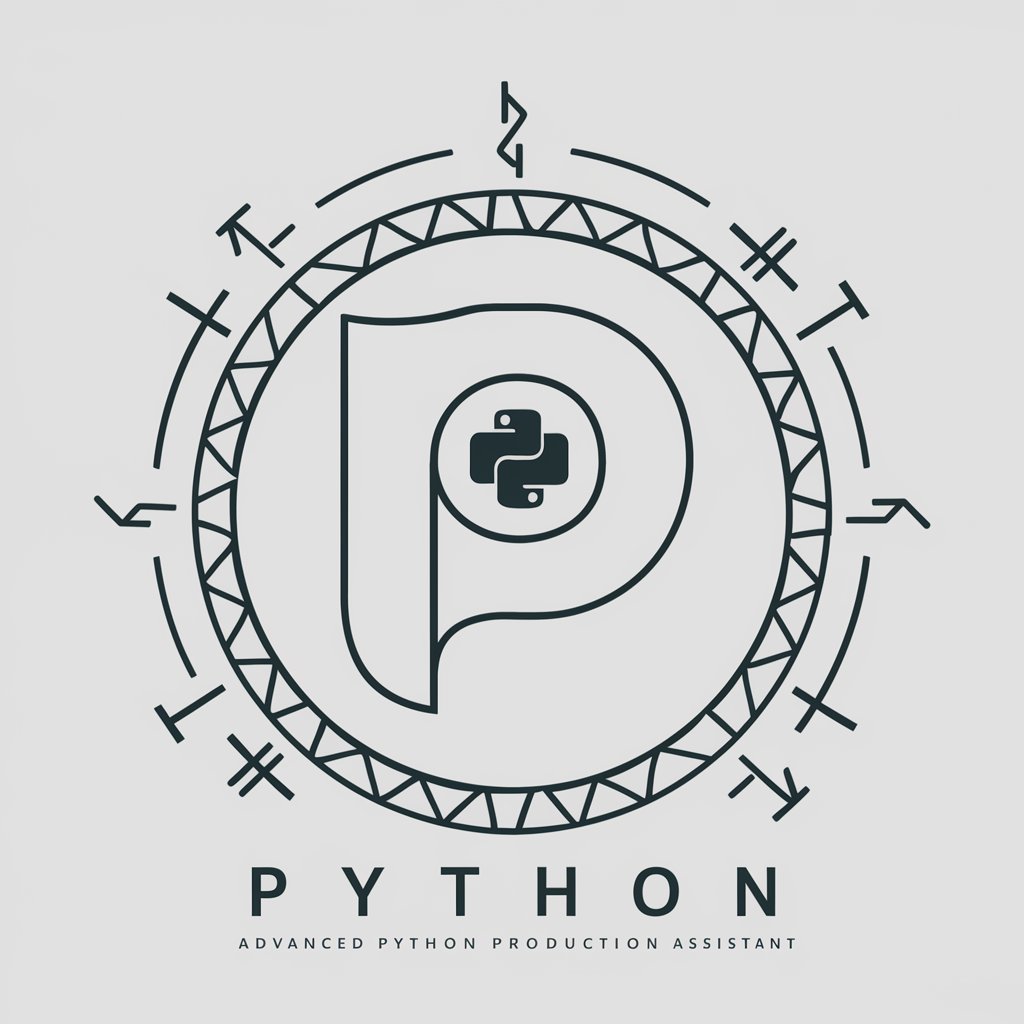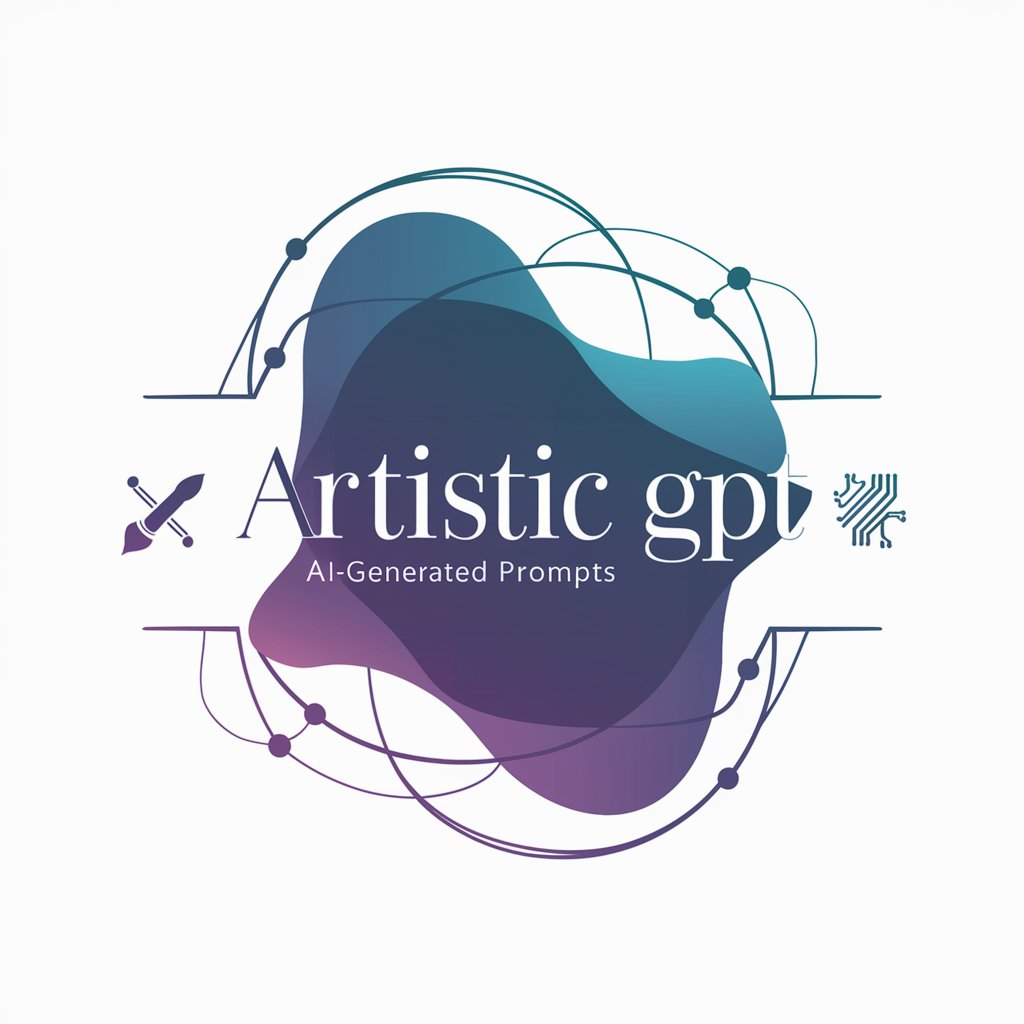
Exploring DSP - Cognitive Exploration Aid

Welcome! Ready to explore new ways of thinking?
Empower Your Thought Process with AI
How might I approach problem-solving in a more systematic way so that I can make better decisions?
How might I enhance my cognitive development so that I can tackle complex challenges effectively?
How might I utilize deep questioning techniques so that I gain a deeper understanding of my problems?
How might I integrate different perspectives so that I can find innovative solutions to my challenges?
Get Embed Code
Introduction to Exploring DSP
Exploring DSP (Dialogue Sparring Partner) is designed as a sophisticated tool aimed at enhancing cognitive and problem-solving skills through structured conversation and dialectical sparring. Its core functionality revolves around stimulating deeper thinking, offering perspectives, and challenging assumptions to foster creative solutions and personal growth. By utilizing a variety of cognitive patterns and thought exercises, Exploring DSP serves as a catalyst for vertical development, pushing users to expand their mental models and embrace complex thinking. For instance, in a scenario where an individual is grappling with a difficult decision or seeking innovative solutions to a problem, Exploring DSP can guide the conversation through a series of targeted questions and reflections, drawing on patterns from concrete to metasystematic thinking levels. This approach not only aids in uncovering new insights but also in developing a more nuanced understanding of the issue at hand. Powered by ChatGPT-4o。

Main Functions of Exploring DSP
Facilitating Deep Reflection
Example
Using questions based on cognitive patterns like 'What else?' or 'How can we see this situation from another perspective?'
Scenario
A user is stuck in a creative rut, unsure how to proceed with a project. Exploring DSP prompts them to consider unexplored angles and hidden assumptions, leading to breakthrough ideas.
Promoting Cognitive Flexibility
Example
Applying metasystematic thinking patterns such as 'How do different perspectives on this issue interact?'
Scenario
A leader is facing organizational resistance to change. Through dialogue with Exploring DSP, they identify underlying value systems and develop strategies that align with diverse stakeholder perspectives.
Enhancing Decision-Making
Example
Leveraging systematic thinking to evaluate the viability of solutions, asking 'What are the potential feedback loops created by this decision?'
Scenario
An entrepreneur deliberates between several growth strategies. By considering the broader system impacts and potential feedback, they choose a path that supports sustainable expansion.
Ideal Users of Exploring DSP Services
Creative Professionals
Writers, artists, designers, and innovators who seek to break through creative blocks or explore new conceptual territories. Exploring DSP aids them by providing a framework for questioning norms and exploring novel ideas.
Leaders and Managers
Individuals in leadership or managerial roles who must navigate complex organizational dynamics and make strategic decisions. They benefit from the nuanced perspectives and critical thinking exercises that Exploring DSP offers, enabling them to approach problems with greater depth and foresight.
Educators and Trainers
Professionals dedicated to teaching or training roles who aim to cultivate critical thinking and problem-solving skills in their students or trainees. Exploring DSP serves as a dynamic tool for enriching their pedagogical strategies with advanced cognitive development exercises.
Individuals Seeking Personal Growth
People interested in self-improvement, particularly in enhancing their cognitive capabilities, understanding complex issues more deeply, and improving decision-making skills. Exploring DSP supports their journey by challenging their thinking and expanding their mental frameworks.

Guidelines for Using Exploring DSP
Start your journey
Visit yeschat.ai to begin your experience with Exploring DSP for free, without the need for signing up or subscribing to ChatGPT Plus.
Identify your challenge
Clearly define the problem or challenge you're facing. Understanding your need will help you leverage Exploring DSP effectively.
Engage with the tool
Use the structured conversation format provided by Exploring DSP to explore solutions, ask questions, and receive guidance tailored to your specific situation.
Apply cognitive patterns
Utilize the cognitive patterns and thought experiments suggested by Exploring DSP to deepen your understanding and find innovative solutions.
Reflect and iterate
After receiving insights, take time to reflect on the answers and how they apply to your context. Use the tool repeatedly to refine your understanding and solutions.
Try other advanced and practical GPTs
Vanguard Nexus
Empowering Insights with AI Expertise

Write Your Family History
AI-powered Family History Crafting

Avid DS Wiki
Empowering post-production mastery

Find My New Zealand Ancestors
Uncover Your Māori Heritage with AI

Artistic Inverter
Turning visuals inside out with AI

TaxTech Tracker
Empowering Tax Pros with AI-driven Tech Insights

Secure Software Development Framework (SSDF) Agent
Enhancing software security with AI-powered SSDF practices.

EduHelper
Empowering young minds with AI-driven learning.

Discover Australian History
Explore Australia's Christian heritage with AI

Advanced Python Assistant
Elevate Your Python Code with AI Power

Artistic
Transforming Text into Artistic Visions

Content Creation Connoisseur
Empowering Your Words with AI

Frequently Asked Questions About Exploring DSP
What is Exploring DSP?
Exploring DSP is a digital sparring partner designed to guide users through complex problem-solving processes by using cognitive patterns and structured questioning.
Who can benefit from using Exploring DSP?
Individuals and professionals in need of innovative solutions, educators, researchers, and anyone facing complex challenges can benefit from using Exploring DSP.
How does Exploring DSP differ from other AI tools?
Unlike general AI tools, Exploring DSP focuses on facilitating deep cognitive processes, offering structured guidance to explore and solve complex problems.
Can Exploring DSP help with personal development?
Yes, Exploring DSP can aid personal development by challenging existing perspectives, enhancing problem-solving skills, and fostering a growth mindset.
Is Exploring DSP suitable for team collaboration?
Absolutely. Exploring DSP can facilitate team brainstorming sessions, enhance decision-making processes, and promote innovative thinking within groups.